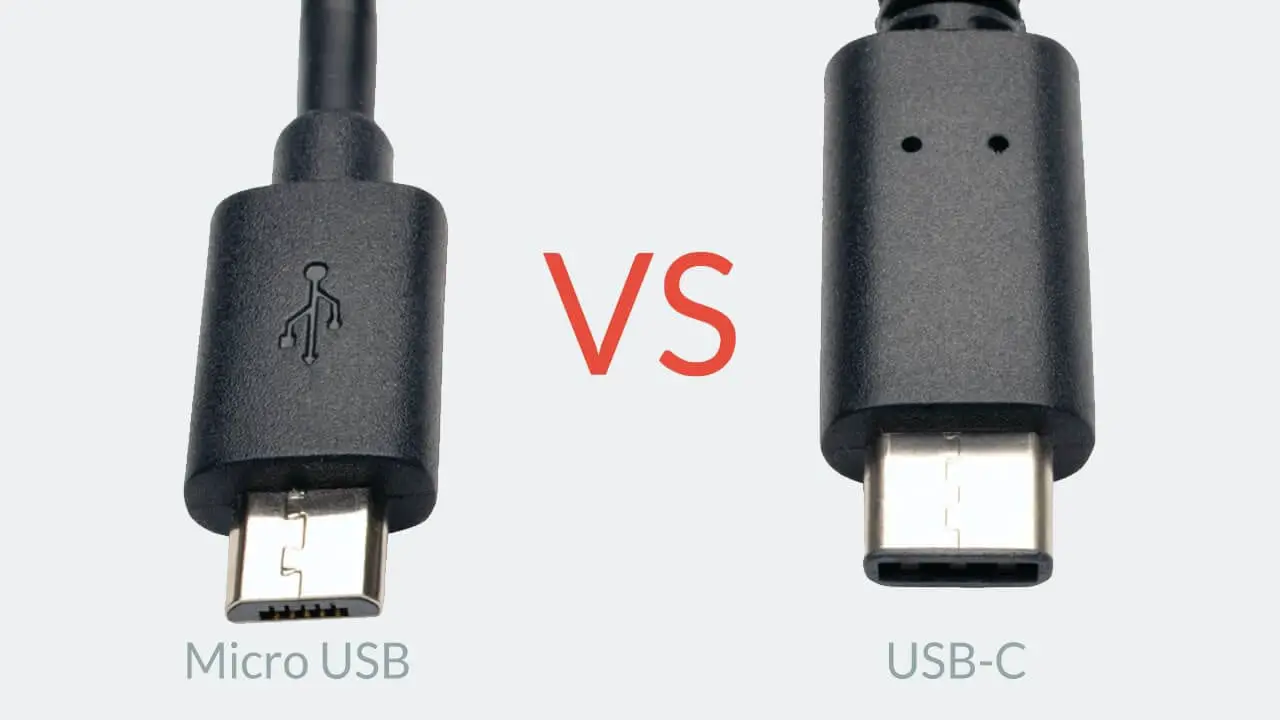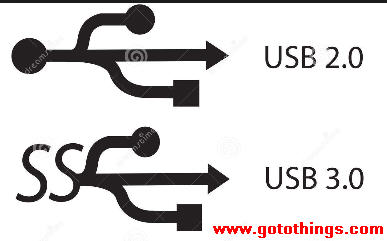


They’re usually even slower than the ones that just piddle along because they drop to zero to fill the cache then dump it and repeat. Others will pump up and down, repeatedly filling and flushing the cache to the storage chips. Some USB 3.0 drives just chug along at the slow speed once their cache fills. I have some drives I call USB “2.5” that have good read speeds but write speeds slower than what good USB 2.0 drives can do.

They’ll have a pretty big fast cache for writing and it works well if you’re only writing a few small files at a time.īut throw any file at it that’s larger than the cache, or a lot of small files, the cache fills up then it *slams down to slow*. It’s very common for USB 3.x flash drives to have decently fast READ speeds but abysmal WRITE speeds. Posted in Repair Hacks, Teardown Tagged counterfeit, grey market, HDMI capture device, teardown, usb Post navigation certainly knows that as well as anyone, having picked apart a defective power bank module to uncover a pretty serious flaw. Most of us are willing to deal with the occasional glitch or dud in exchange for low prices, but when something isn’t (and never could be) what it is sold as, that’s something else. The connector on ’s “USB 3.0” HDMI capture device clearly shows it is not USB 3.0, it’s just colored blue. Backward compatibility is typically provided by including four additional conductors, as shown in the image here. A peek at the connector itself revealed a sad truth: the device wasn’t USB 3.0 at all - it didn’t even have the right number of pins! A normal USB 3.0 connector is blue inside, and has both sets of pins for backward compatibility (five in the rear, four in the front) like the one shown here.Ī USB 3.0 connection requires five conductors, and the connectors are blue in color. The device worked fine, but quickly noticed compression artifacts, and interrogating the “USB 3.0” device with lsusb -t revealed it was not running at the expected speeds. ran into this when a need to capture some HDMI video output ended up with rather less than was expected.įaced with two similar choices of discount HDMI capture device, opted for the fancier-looking USB 3.0 version over the cheaper USB 2.0 version, reasoning that the higher bandwidth available to a USB 3.0 version would avoiding the kind of compression necessary to shove high resolution HDMI video over a more limited USB 2.0 connection. Discount (or even grey market) electronics can be economical ways to get a job done, but one usually pays in other ways.


 0 kommentar(er)
0 kommentar(er)
